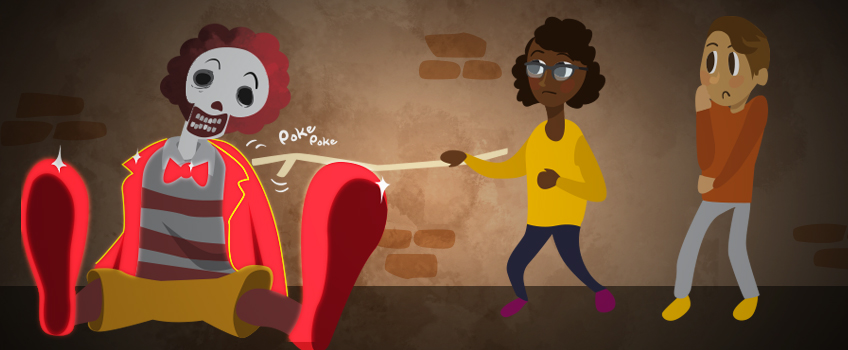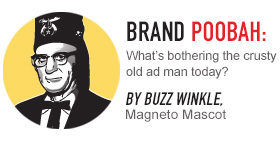Yesterday, McDonald’s announced that mascot Ronald McDonald was receiving an updated look and a limited social media presence on its existing platforms.
This is in an effort to keep the McDonald’s icon “modern and relevant,” according to the press release. While Ronald won’t get his own social media profiles, his posts will include the hashtag #ronaldmcdonald as he spreads his mission of fun across the globe.
At Magneto, we wondered about the brand value of Ronald’s new clothes and increased presence. What do clowns have to do with hamburgers, anyway?
Ronald McDonald’s humble beginnings
Ronald McDonald began as the “hamburger-happy clown” featured in TV commercials in 1963. Since then, he’s made friends like Grimace and the Hamburglar and has appeared on an absurd amount of merchandise including comics, toys, animated series and video games.
Recently, McDonald’s has veered away from using Ronald in their advertising after criticism that their mascot was contributing to growing rates in childhood obesity. With this update, McDonald’s has announced that Ronald will once again appear in TV commercials and other marketing initiatives. Ronald’s messaging will revolve around fun and not the food choices offered by McDonald’s. “Fun makes great things happen,” says McDonald’s.
The perception of clowns
The perception of clowns in pop culture has shifted dramatically since Ronald McDonald’s rise to fame in the 1960s. Serial killer John Wayne Gacy was known as the Killer Clown, alluding to clown costumes he used to wear for charity events. The release of Stephen King’s It – the novel in 1986 and the movie in 1990 – brought its own wave of clown fears. Since then, the appearance of evil clowns in pop culture has increased exponentially. That’s not counting the creepy Northampton clown or Katy Perry in clown getup wrecking cars and birthday parties.

No good can come of this Google search…
McDonald’s doesn’t need Ronald anymore
To say that McDonald’s is a leader in its segment is a vast understatement. Most any child in the United States can pick out the golden arches from a mile away and ask for a Happy Meal.
Good branding hones in on the perceptions of its audience – and the days of the clown seem to be over. McDonald’s doesn’t need to rely on a mascot to bring in business anymore. Instead, the image of a clown detracts from any branding efforts because many people are focused on a clown’s negative connotations and recent appearances in pop culture.
Holding onto an old brand identity simply because it’s been around for so long isn’t valuable to a brand. While McDonald’s has the right idea to keep developing the brand to maintain its relevance, Ronald McDonald is outdated and isn’t necessary for success or brand recall. At this point, it seems like his updated wardrobe is akin to repainting a car that no longer runs. It’s time to put this clown to bed, not put him back on the street inexplicably hawking burgers in a goofy blazer.
What do you think? Are Ronald’s cargo pants a little too much? Let us know by tweeting @MagnetoAgency!
Share:
Recent Posts
- 9/22/2016 • Magneto Creates M Financial’s 2015 Annual Report
- 8/03/2016 • Magneto aligns Marger Johnson’s look with the industries it serves
- 7/20/2016 • Magneto brings bold vision to City Color branding and website development
- 7/13/2016 • Brand Advertising, Defined: The Creative Process
- 5/25/2016 • Brand Advertising, Defined: Where Science Meets Art



